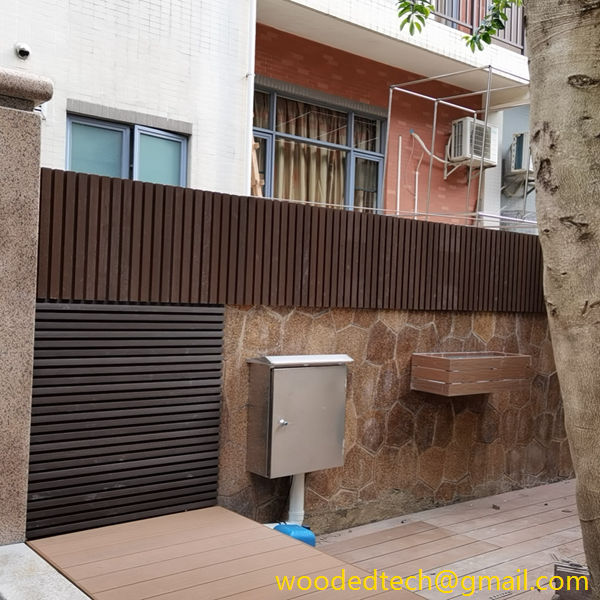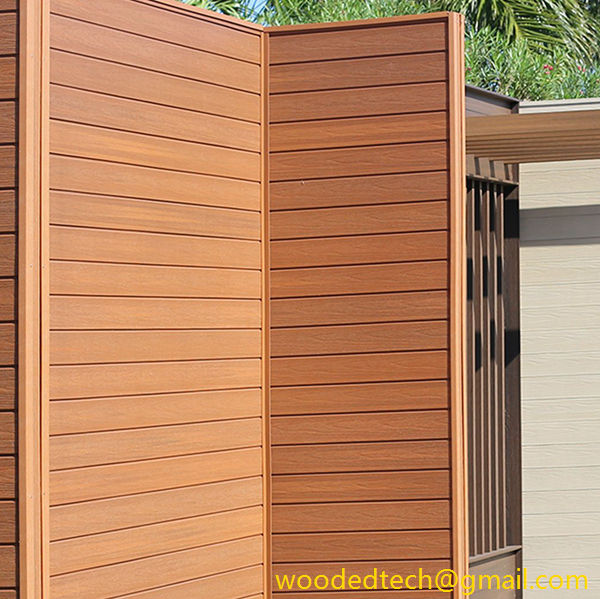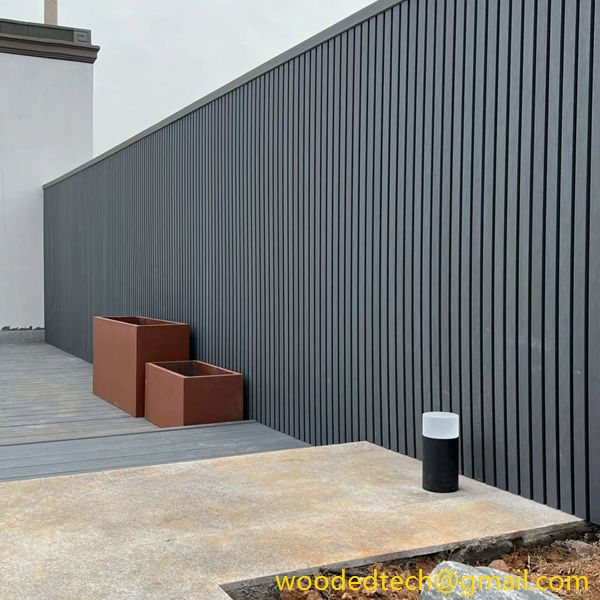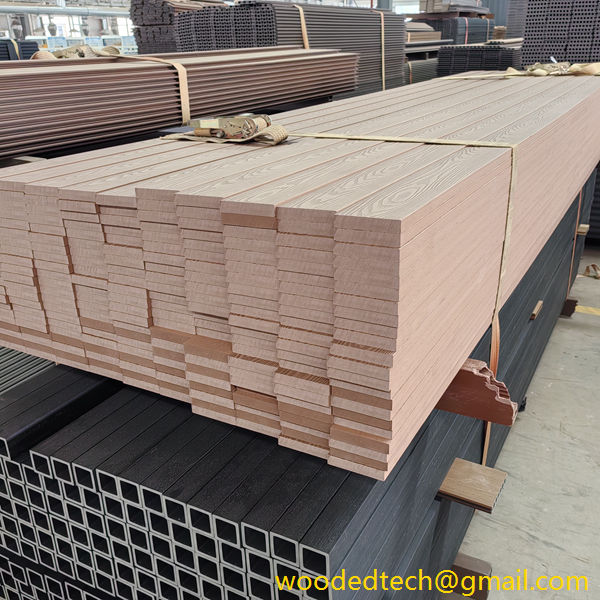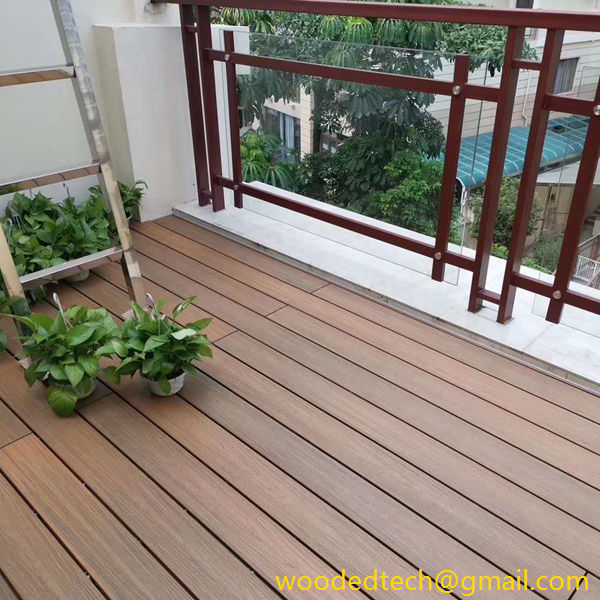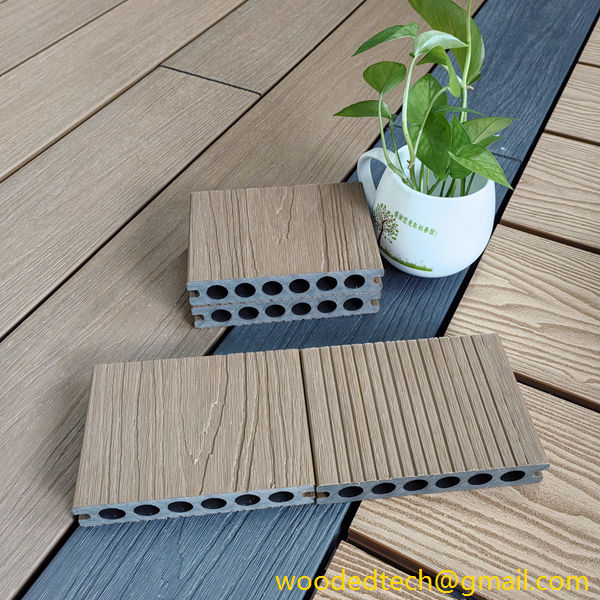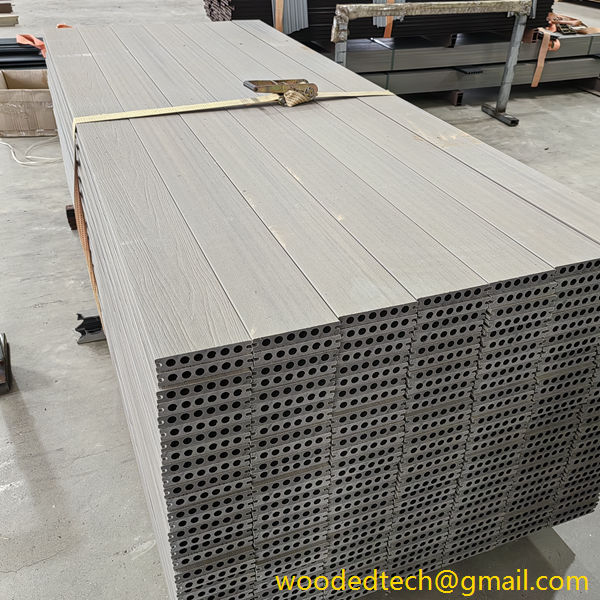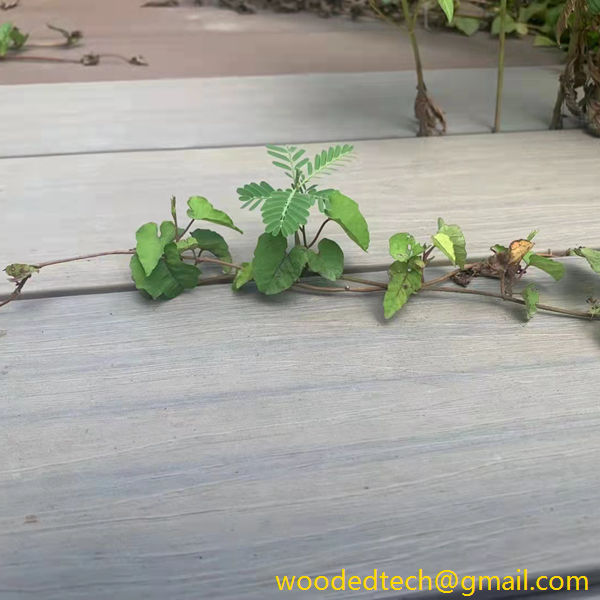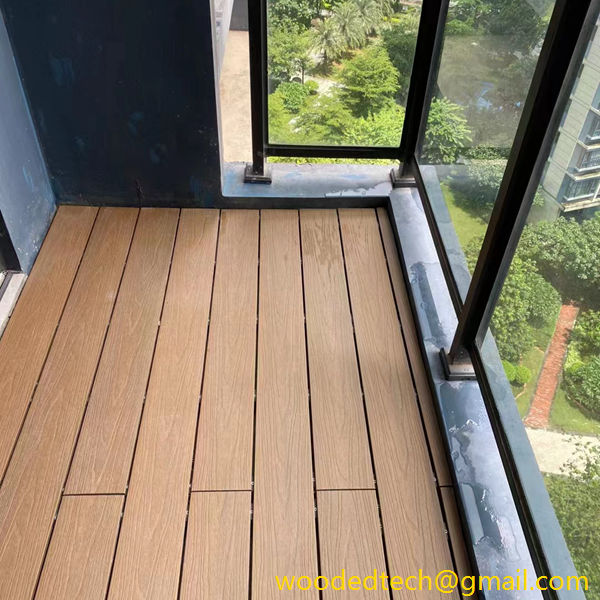墙面覆层塑木的优点:使建筑外观经久耐用且极具吸引力
墙面覆层的好处 塑木可使建筑外观经久耐用且极具吸引力 墙面覆层已成为当代建筑的重要趋势,它不仅具有美学吸引力,还具有功能性优势。在可用于墙面覆层的各种材料中,塑木因其独特的耐久性、低热量和耐磨性组合而备受青睐。
墙面覆层塑木的优点:使建筑外观经久耐用且极具吸引力
Wall cladding has become a significant trend in contemporary architecture, offering not only aesthetic appeal but also functional benefits. Among the various materials available for wall cladding, plastic wood has emerged as a popular choice due to its unique combination of durability, low maintenance, and attractive appearance. This article delves into the benefits of wall cladding made from plastic wood, highlighting why it is an ideal option for creating durable and visually appealing building exteriors.
One of the most compelling advantages of plastic wood wall cladding is its impressive durability. Unlike traditional wood, which can warp, crack, or rot over time due to exposure to moisture and varying weather conditions, plastic wood is engineered to withstand the elements. This resilience makes it particularly suitable for regions with extreme weather, where temperature fluctuations and heavy rainfall can take a toll on conventional building materials. The longevity of plastic wood means that property owners can enjoy a long-lasting exterior finish without the need for frequent repairs or replacements.
In addition to its durability, plastic wood wall cladding is also resistant to pests. Termites and other wood-boring insects can cause significant damage to traditional wooden structures, leading to costly repairs. Plastic wood eliminates this concern, as it is not susceptible to infestations, thereby providing peace of mind to homeowners and builders alike. This pest resistance, combined with its weather resilience, positions plastic wood as a superior choice for those looking to invest in a building material that will stand the test of time.
Another significant benefit of plastic wood cladding is its low maintenance requirements. Traditional wood cladding necessitates regular painting, staining, or sealing to protect it from the elements and maintain its appearance. In contrast, plastic wood is designed to retain its color and finish without the need for constant upkeep. A simple wash with soap and water is usually sufficient to keep it looking fresh and clean. This ease of maintenance not only saves property owners time and effort but also reduces long-term costs associated with maintenance and repairs.
From an aesthetic standpoint, plastic wood wall cladding offers a wide variety of design options. It is available in numerous colors, textures, and finishes, allowing architects and designers to achieve their desired look without compromising on performance. The natural appearance of plastic wood mimics the beauty of traditional timber while offering the benefits of synthetic materials. This versatility makes it suitable for various architectural styles, from modern and minimalist designs to more traditional and rustic aesthetics. Whether used in residential or commercial buildings, plastic wood cladding can enhance the visual appeal of any structure.
Furthermore, plastic wood is an environmentally friendly option. Many manufacturers produce plastic wood products using recycled materials, which helps reduce waste and the demand for new resources. By choosing plastic wood for wall cladding, builders and property owners contribute to sustainability efforts while still enjoying the benefits of a high-performance material. Additionally, the longevity and durability of plastic wood mean that fewer resources are required for replacements over time, further minimizing environmental impact.
Another advantage of plastic wood wall cladding is its thermal insulation properties. The material helps to regulate temperature within a building, reducing the need for excessive heating or cooling. This can lead to lower energy bills and a more comfortable living or working environment. By improving energy efficiency, plastic wood cladding also contributes to the overall sustainability of a building, making it a smart choice for eco-conscious builders and homeowners.
Safety is also a critical consideration in building materials, and plastic wood does not fall short in this regard. Many plastic wood products are designed to be fire-resistant, providing an added layer of protection for buildings. This feature is particularly important in areas prone to wildfires or where fire safety regulations are stringent. With its inherent fire resistance, plastic wood can help mitigate risks and enhance the safety of a structure.
The installation process for plastic wood wall cladding is typically straightforward and efficient. Many products are designed for easy handling and can be installed using standard tools. This ease of installation not only speeds up the construction process but can also reduce labor costs. Builders appreciate materials that simplify the installation process without sacrificing quality, and plastic wood fits the bill perfectly.
In conclusion, wall cladding made from plastic wood presents an array of benefits that make it an attractive choice for durable and appealing building exteriors. Its remarkable durability, low maintenance requirements, aesthetic versatility, environmental friendliness, thermal insulation properties, safety features, and ease of installation collectively position plastic wood as a premier option for modern construction projects. As architects and builders continue to seek innovative materials that meet the demands of contemporary design and functionality, plastic wood wall cladding stands out as a practical and stylish solution for both residential and commercial applications. With its ability to enhance the longevity and beauty of any structure, it is no surprise that plastic wood is gaining popularity in the world of architectural design.

